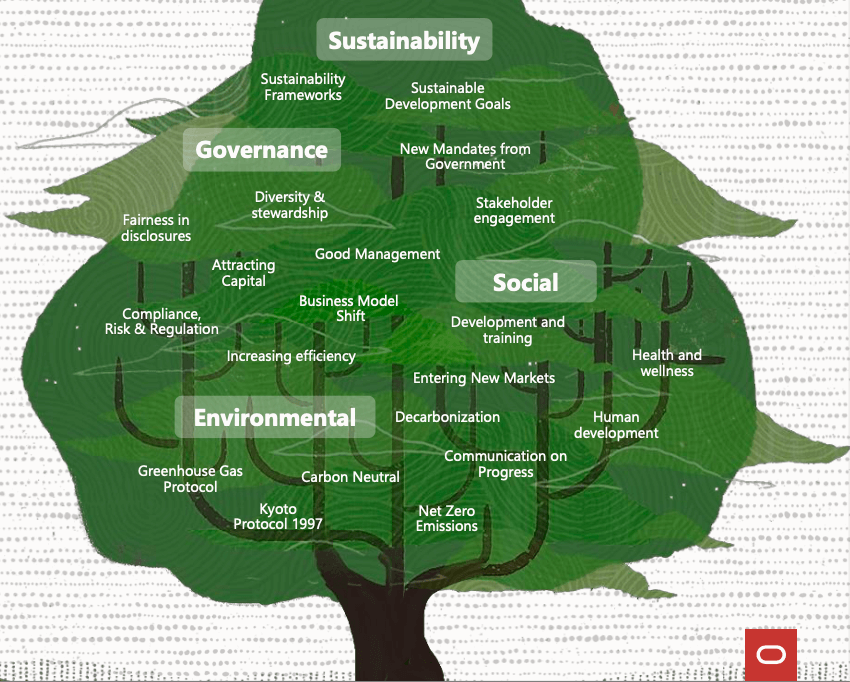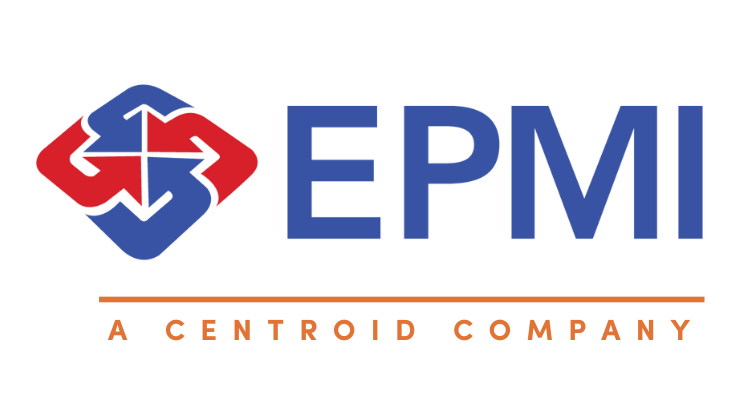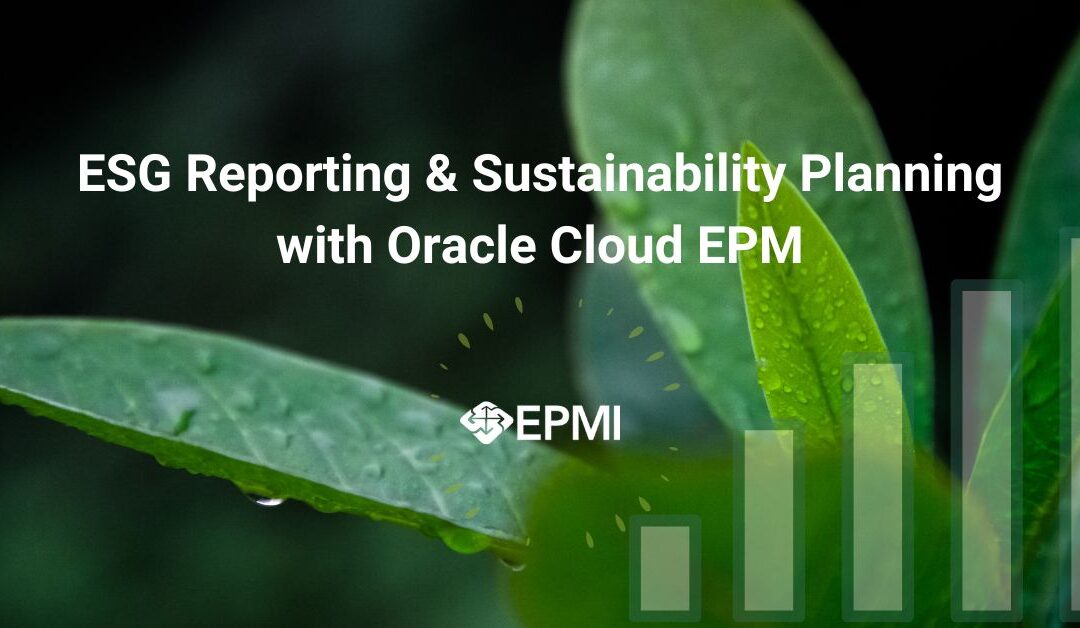Today, business leaders are tasked with capturing the full impact of their company’s environment, social, and governance (ESG). Capturing and making sense of all this data is a challenge because it involves multiple data sources outside of financials. Adopting a source system-agnostic planning and reporting solution such as Oracle Cloud EPM is critical to ensure that data can flow across a wide variety of applications. Let’s look at some of the key ESG data that Cloud EPM can consolidate and report on.
Environment & Carbon Neutrality
A “negative externality” is an indirect impact from business operations that are not fully captured in traditional financial reporting. They may not be obvious, but the adverse repercussions of producing a product or service can impact the surrounding environment and community in negative ways.
Examples include:
- Agricultural Runoff
- Airborne pollution from industrial agriculture
- Noise from construction
- Risk of oil spills from extraction/transportation

Environmental Pollutants
While not traditionally stated in any cost model, businesses are beginning to recognize the consequences of dated operating strategies. By pulling data from systems dedicated to measuring pollution, organizations can better capture their overall impact on the environment. The GHG Protocol classifies environmental pollutants according to 3 distinct categories: Scope 1, Scope 2, and Scope 3 emissions. Each scope has unique challenges in measuring and reporting on its respective impact. Oracle Cloud EPM can support reporting and planning for all scopes of pollutants above, with the ability to slice and dice data across plant, geography, and product.Scope 1
Emissions can be directly tied to a company’s operations. Examples include car emissions and outputs directly tied to any physical manufacturing and/or operating facility.
Scope 2
Emissions are categorized as any energy consumption that is part of the manufacture of any product or service.
Scope 3
Emissions are tougher to pinpoint, as they span the entire downstream product life cycle, from business travel, supply chain logistics, and the end of life waste of any product.
Source: planA Academy
Social
Social equity data is used by organizations to gauge how well various demographic groups are represented within a company. Given that diversity of thought and experience drives innovation, if a company wants to innovate through the 2020s, one key strategy is to increase the diversity of its workforce.
Employee demographic data is traditionally stored in a company’s HR system. Oracle Cloud EPM works with these data types frequently for business processes like workforce planning. By combining demographic, wage, and retention data, Oracle EPM customers can report the impact of diversity on their corporate success. You can take advantage of built-in machine learning to highlight correlations, anomalies, and data variances.
Recently, cultivating top talent at organizations has been a challenging priority for business leaders. Candidates and current employees want desired pay and flexible schedules. Creating a desirable corporate culture also requires transparency in leadership personnel and values; prospective and current employees are interested in a firm’s commitment to diversity in leadership positions, stances on climate and cultural issues, as well as executive compensation packages.
By leveraging Oracle Cloud EPM, employers can share mission-critical data with their employee communities to foster a culture of inclusiveness and forward-thinking. Organizations can attract top talent with transparent ESG values and reporting; companies can use the ESG data collected from Oracle Cloud EPM to become an employer of choice, thus improving corporate culture, diversity, and retention.
Governance
ESG initiatives also include governance issues, including corporate tax strategy, bribery and corruption, board diversity, donations, and political lobbying. Not only does Oracle’s solution provide business leaders with accurate data, but it also meets reporting standards from the Global Reporting Initiative (GRI), Sustainability Accounting Standards Board (SASB), and Taskforce on Climate-Related Financial Disclosures (TCFD).
Source: Oracle Sustainability Solutions

Narrative Reporting Streamlines ESG Reporting
Oracle Cloud EPM effectively collects, aggregates, and reports on ESG metrics, pulling in data from multiple sources across the business. Companies can meet industry requirements with real-time collaboration, all in a single platform. Oracle Cloud EPM Narrative Reporting lets multiple authors and reviewers combine data and commentary into each reporting package. Narrative reporting leverages AI and machine learning to get a head start on creating a narrative around the numbers.
Build your Sustainability Plan with Oracle Cloud EPM
ESG initiatives are not just about reporting; to make progress, you need a plan. It’s crucial that ESG is embedded in your financial and operational plans to make sure it aligns to your longer-term goals. Capabilities such as connected planning help leaders understand and measure their data to create an organization-wide sustainability plan. It lets you connect all plans and model scenarios across the business, giving you performance insights and predictive planning to align your financial and operational long-term goals.
Do you want a demo on Oracle’s ESG functionality? Schedule a meeting with our solutions team!



